Handmade Pasta Rituals of Southern Italy
12 min read Explore the traditional pasta-making rituals of Southern Italy, highlighting cultural practices and culinary craftsmanship that define this vibrant regional cuisine. July 02, 2025 06:05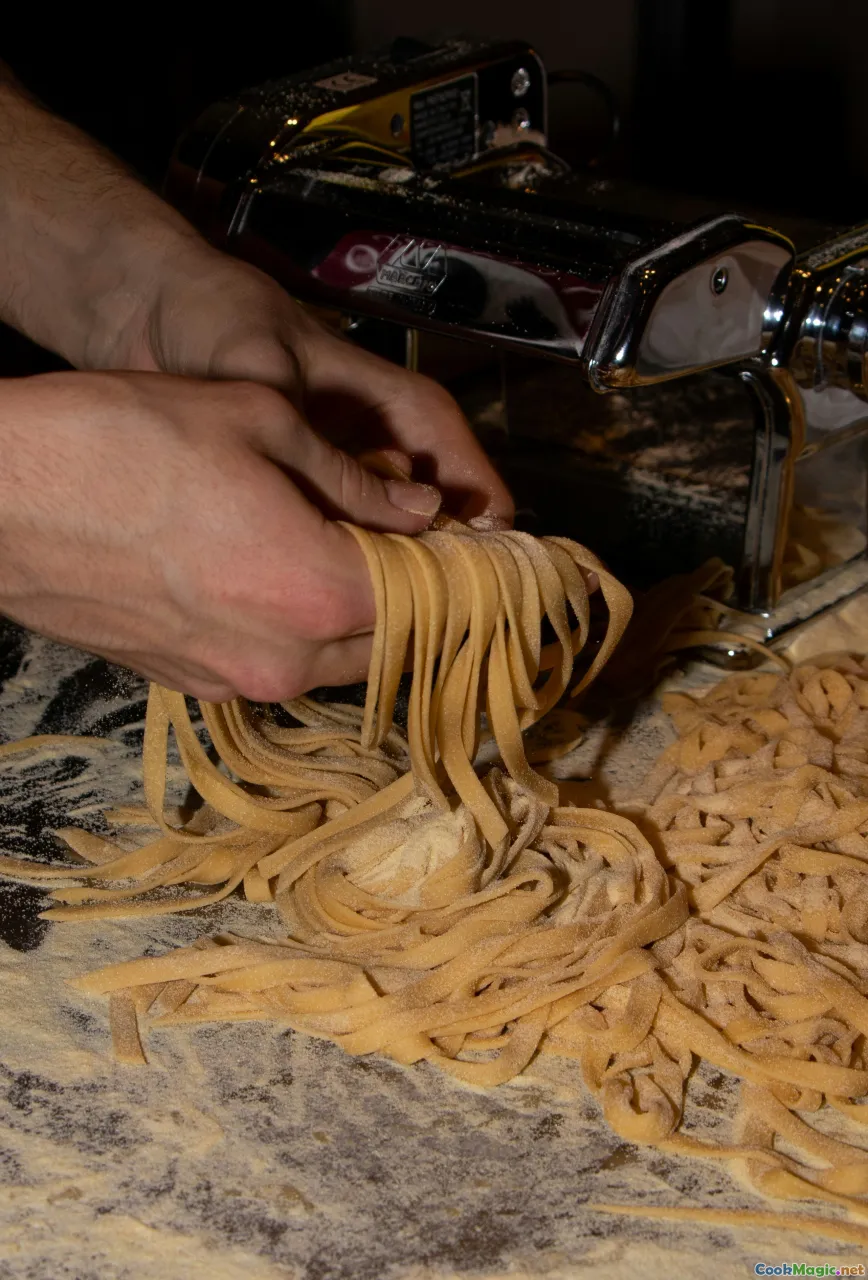
Handmade Pasta Rituals of Southern Italy
Few food traditions evoke the soulful essence of a community quite like the handmade pasta rituals of Southern Italy. In the sun-drenched coastal towns and rugged hinterlands of regions like Campania, Calabria, Puglia, and Sicily, the art of crafting pasta is not merely a culinary task but a porch-swing tradition, a familial rite stitched into the fabric of daily life. These rituals—rooted in generations of know-how—transform humble ingredients into edible poetry, awakening senses with the aroma of freshly made dough, the tactile pleasure of kneading, and the collective joy of sharing.
Embarking on a journey through Southern Italy’s pasta rituals is akin to stepping into a living cultural tapestry, woven with stories, memories, and a profound reverence for craft and community. Let's delve into the rich, textured world of handmade pasta—beyond recipes, into the touch, taste, smell, and emotion that make each strand and shape a testament to heritage.
The Cultural Significance of Handcrafted Pasta in Southern Italy
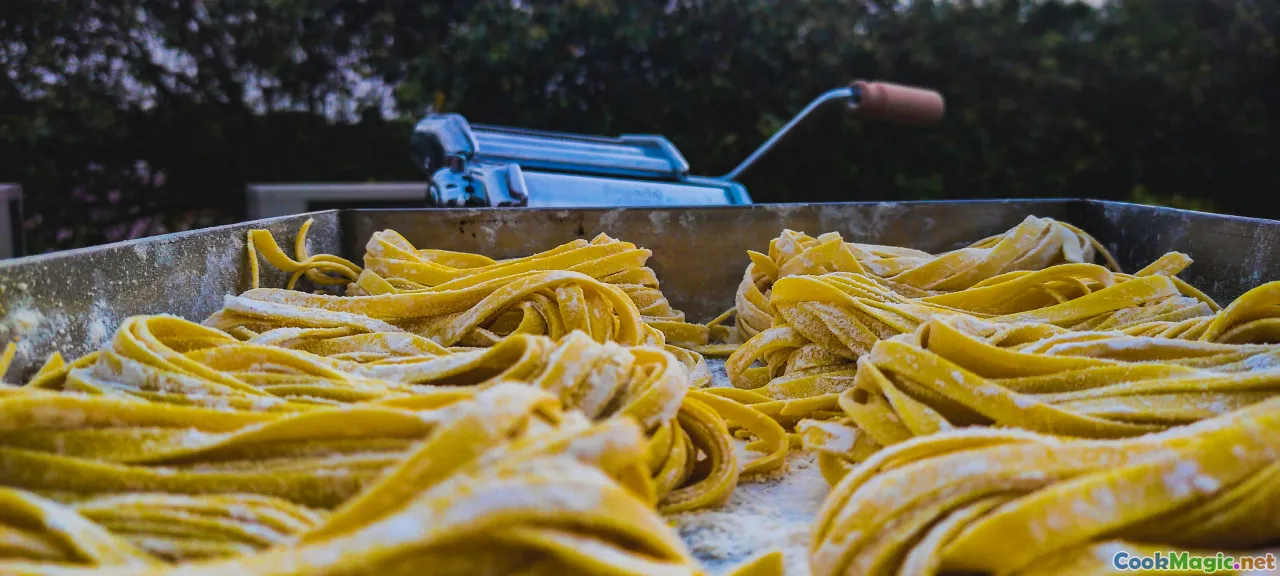
In Southern Italy, pasta is much more than sustenance; it’s a vessel of identity, a symbol of regional pride woven into life’s most important occasions. Traditional pasta-making connects generations—grandmother to granddaughter, neighbor to neighbor—in an ongoing dance that celebrates family, fertility, and the land.
Festivals and religious celebrations often feature freshly made pasta, with specific shapes and recipes designated for particular events—such as the ziti during baptisms or the cavatelli prepared for harvest festivals. These traditions foster a sense of belonging and serve as a living link to ancestral stories, bursting into the present with every roll and cut.
In Calabria, the community’s shared ritual of preparing ’Nduja ravioli—pasta filled with spicy, spreadable ’Nduja—becomes a communal act, bonding neighbors and families through laughter and shared effort.
The Ingredients: Humble Elements, Profound Flavors
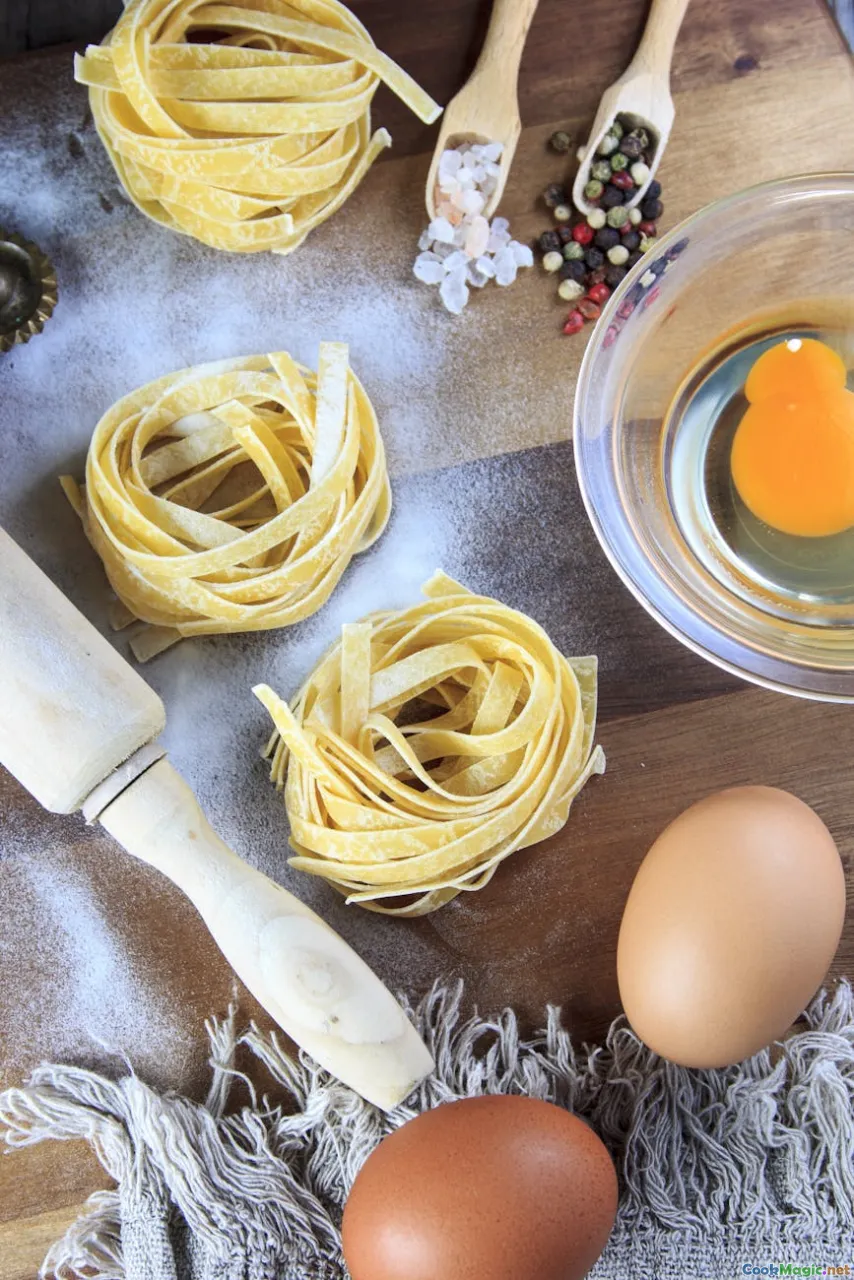
Southern Italian pasta starts with a handful of humble ingredients—flour, eggs, water, and sea salt—but their simplicity is a chosen canvas for complex flavors.
Flour often comes from durum wheat, giving the pasta its characteristic firm bite and golden hue. In some coastal areas, finely ground semolina becomes the star ingredient, infusing pasta with a granular, almost sandy texture that catches sauces beautifully.
Eggs, when incorporated into the dough, add richness and yellow warmth, key for recipes like the rich, buttery orecchiette or the luscious fagottelli. In certain regions like Puglia, water replaces eggs to create lighter, more delicate shapes like recchiette, symbolizing frugal yet flavorful sustenance.
Sea salt from local sources enhances flavor without overpowering, echoing the salty breeze that often drifts from nearby waters—an intimate reminder of the region’s boundless connection to the sea.
The Art of Making Pasta by Hand
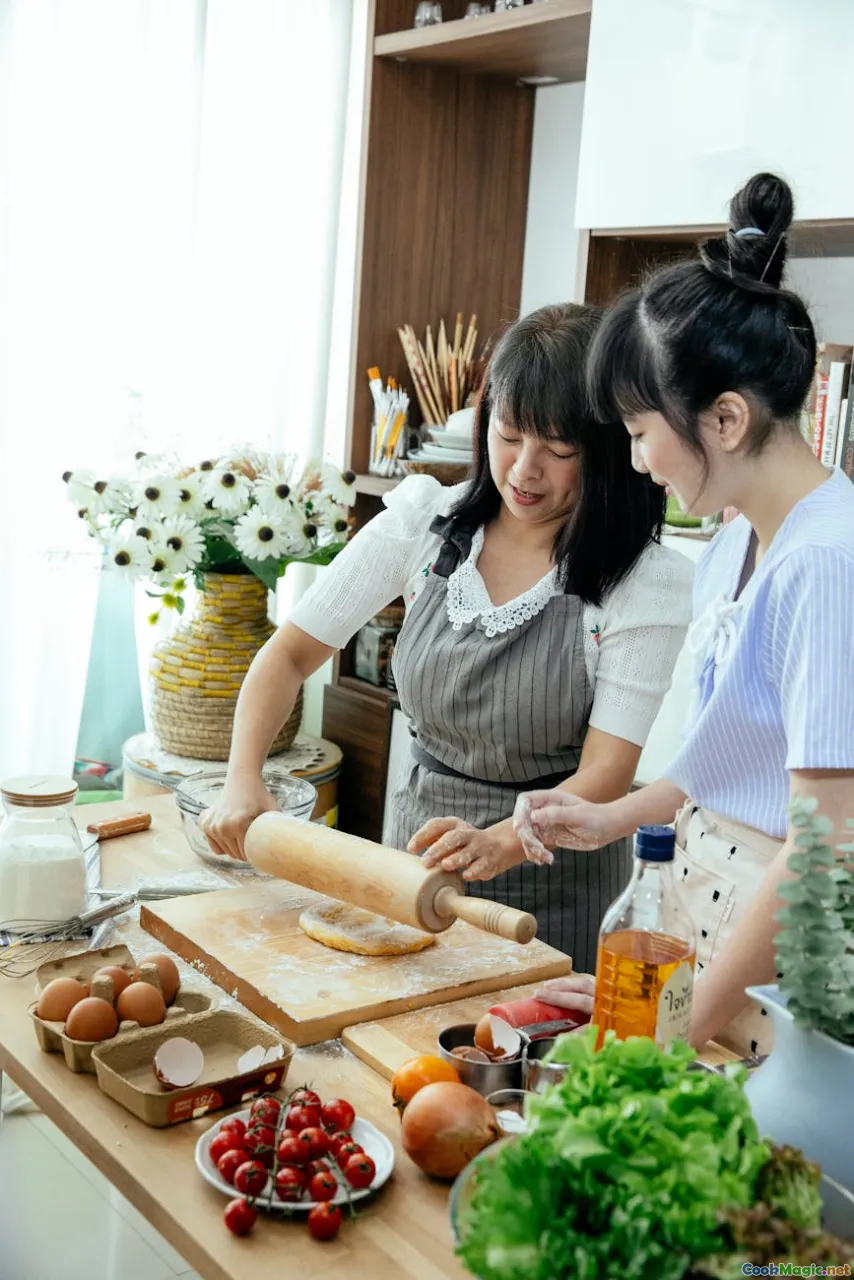
The process begins with the tactile act of kneading—powerful, rhythmic presses that motivate the dough to reach silkiness, often done with weathered hands that have inherited the skill through generations.
**Step 1:**Combine flour and a pinch of sea salt on a wooden board, creating a well in the center.**Step 2:**Crack eggs into the well, gradually mixing with tusks of a fork until the mixture begins to come together.**Step 3:**Knead vigorously—push, fold, turn—until the dough is smooth, elastic, and no longer sticky, usually about 10 minutes.Step 4: Wrap in a damp cloth and rest for 30 minutes, allowing gluten to relax—a crucial step that yields tender, resilient pasta.
Rolling out the dough similarly demands patience and a deft touch, employing a rolling pin or traditional wooden dowels, stretching the dough thin enough to see light through, yet resilient for shaping.
A pro tip: ancestral pasta makers often favor a succession of thin, progressively larger rollers or hand-rolled sheets, each fold and stretch echoing centuries of tradition.
Traditional Shapes and Their Cultural Tales
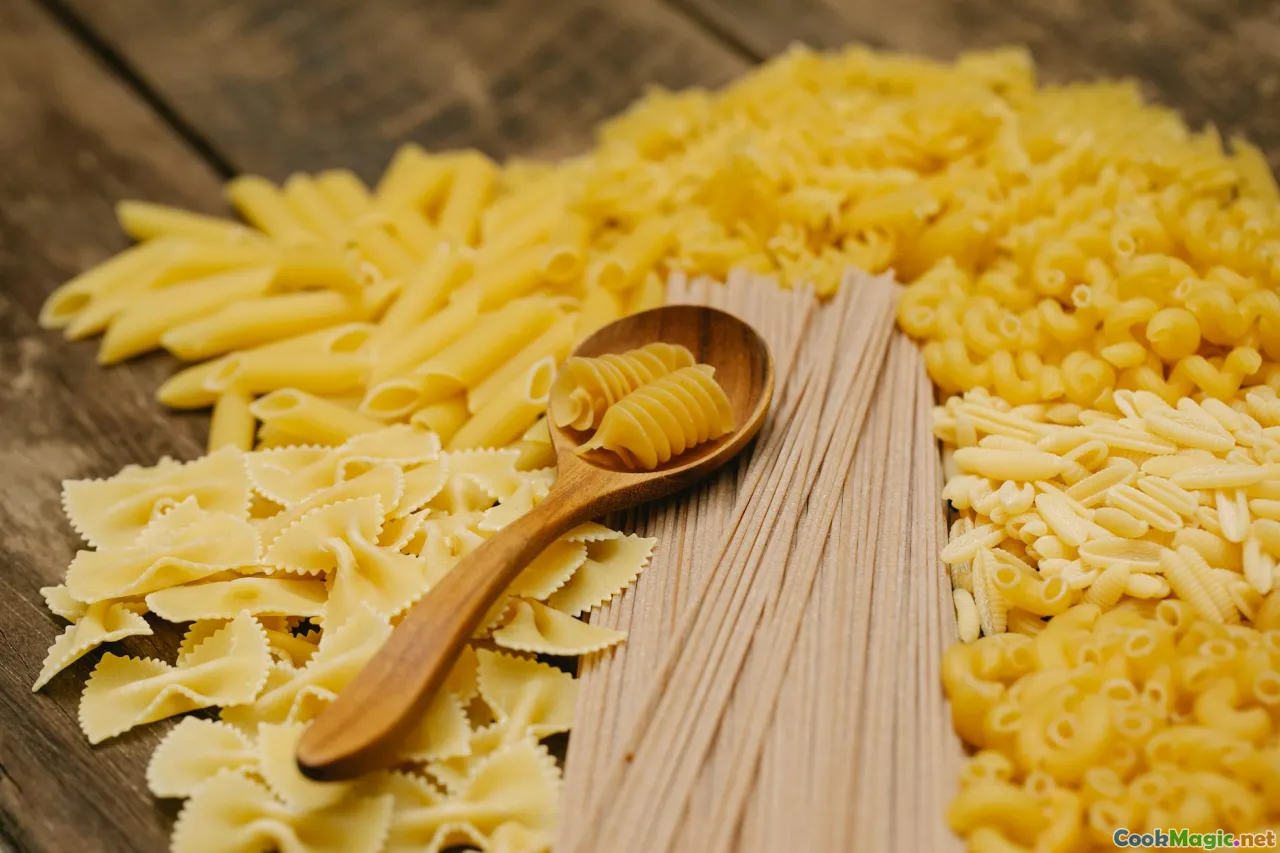
Every shape tells a story in the southern Italian pasta lexicon. They are more than culinary forms—they are cultural symbols.
- Orecchiette: With their ear-like shape, these pasta from Apulia’s Bari province are said to resemble tiny “little ears,” allowing sauces to cling in their hollows. The shape is believed to summon good luck and health.
- Cavatelli: Small, shell-like shapes crafted by pressing dough with fingers or a special cavatelli maker; in Calabria, they symbolize harvest and prosperity.
- Trofie: Twisted, spiral pasta from Liguria that, although more common in the north, also finds its way into southern culinary stories as a symbol of resilience and adaptation.
In Sicily, busiate—long, spiral pasta—are traditionally hand-rolled around thin sticks made of wood or metal, their shape thought to echo the whorled patterns of mountain terraced fields.
From Hands to Heart: Rituals and Shared Moments

In southern Italy, the act of pasta-making extends beyond mere technique; it embodies a social ritual—an act of love and legacy. Families gather around wooden tables, passing dough from elder to child—a gesture infused with pride and gentle teaching.
During festivals like Feast of San Giuseppe in Puglia and Campania’s Good Friday processions, communities come together to produce colossal quantities of pasta—such as maccheroni alla chitarra—performing centuries-old rites that reinforce communal bonds and ancestral continuity.
One vivid example is in the village of Castellabate, where local women still gather monthly to prepare scilatelli, shaping each piece by hand—laughing, sharing stories, and imparting skill that transcends words.
The ritual also involves blessed ingredients, like olive oil and locally harvested herbs, being ritually added to the dough, imbuing each batch with sacred significance.
Pairing Pasta with the Soulful Edibles of Southern Italy
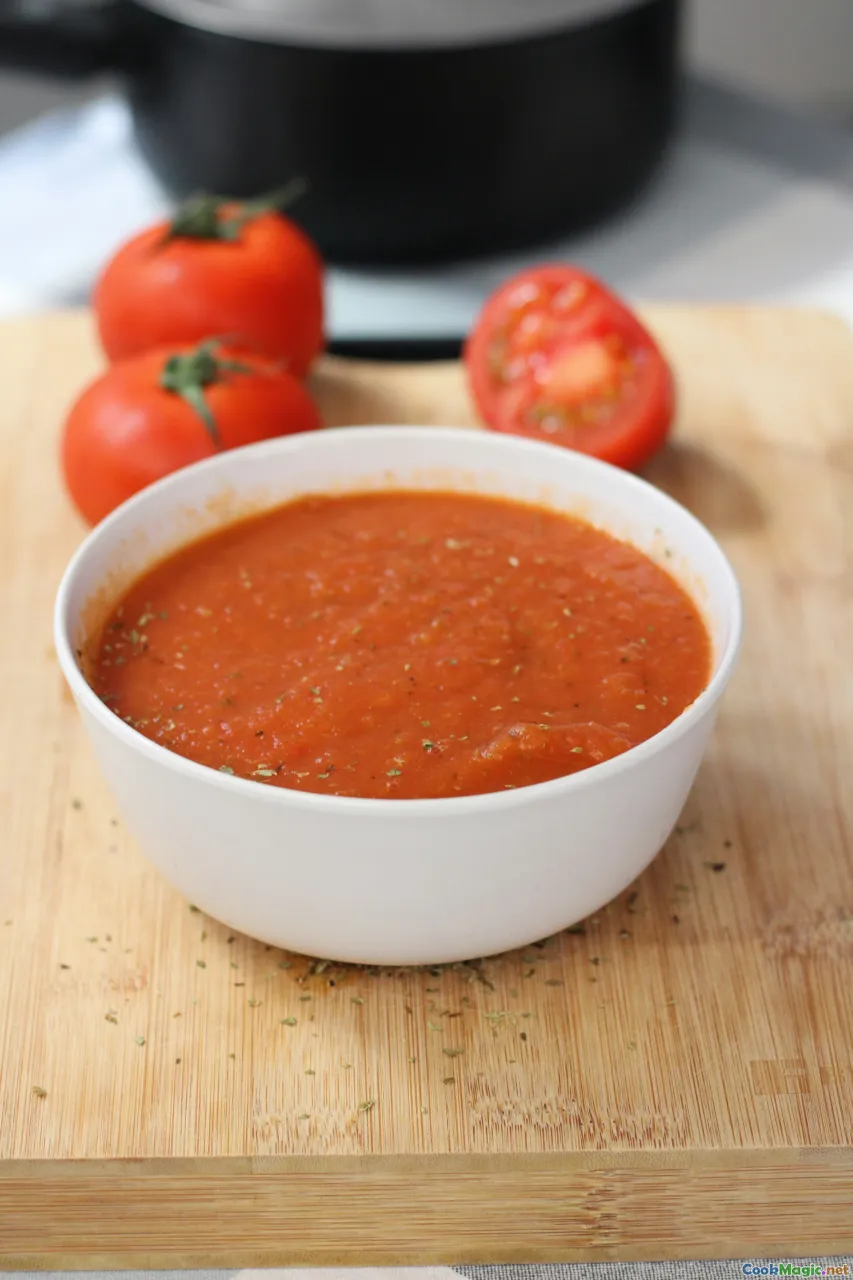
Handmade pasta embodies a blank canvas—ready to embrace sauces rich in tradition and flavor. In Southern Italy, these sauces tell their own stories, often simple yet profound.
- Pomodoro and Basil: Bright red, aromatic, bursting with sun-ripened tomatoes and fragrant basil—simple ingredients elevating fresh, toothsome pasta.
- Sautéed Greens and Garlic: Seasonal greens sautéed in garlic and chili, embracing the land and sea around them.
- Seafood Sauces: Clams, anchovies, and calamari brought to the table with a drizzle of olive oil—complementing the firm bites of handmade orecchiette and zipoli.
The interplay between pasta shape and sauce consistency underscores a philosophy: pasta as a culinary conversation, where every shape invites a different experience—rough shapes hold thicker sauces; delicate forms are perfect for light, brothy broths.
Preserving and Passing Down the Rituals
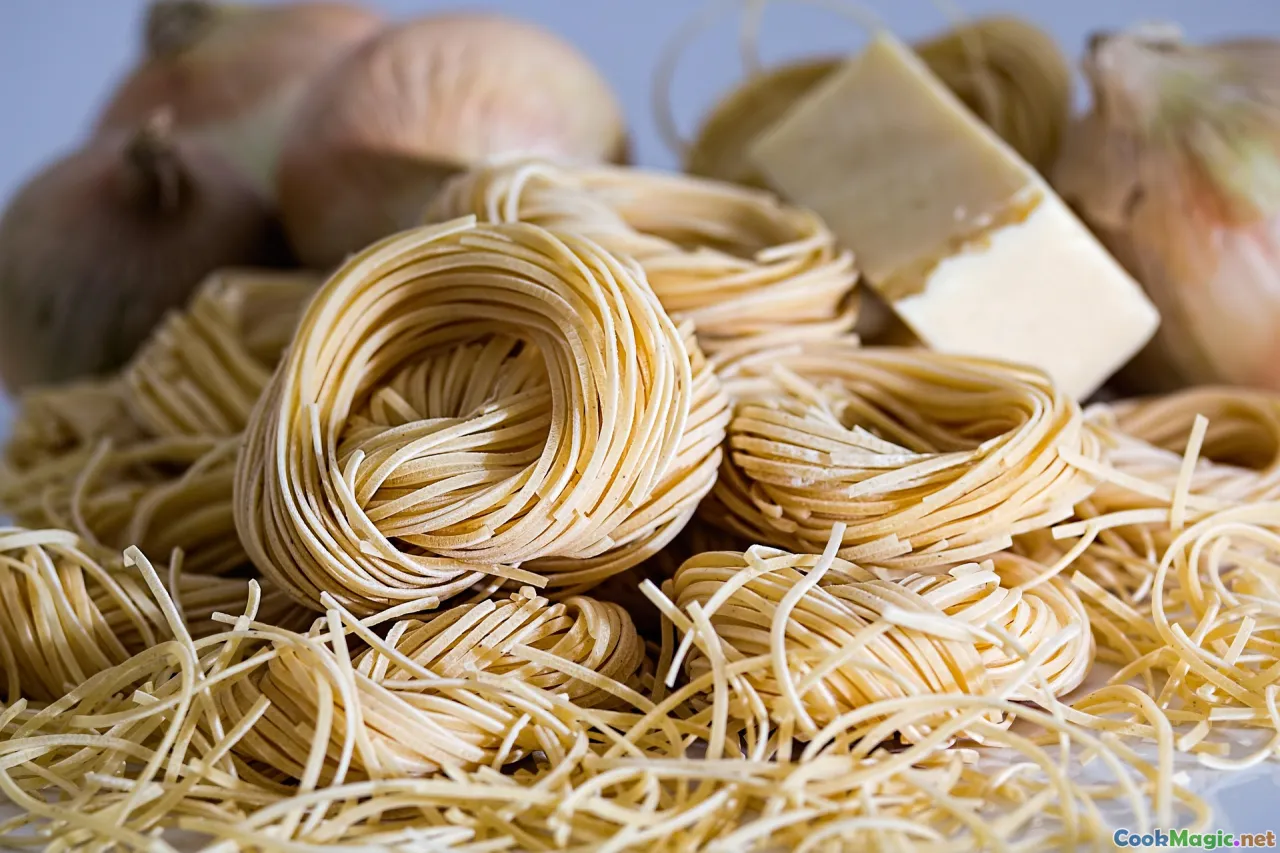
In an age of industrialized production, these rituals stand resilient—a testament to community resilience and cultural preservation. Younger generations continue to learn at their elders’ knees, spinning tales by hand, cherishing tradition amidst modernity’s rush.
Culinary schools, local festivals, and humble family kitchens serve as keeping chambers of these rituals. A visit to a small town in Puglia or a coastal village in Sicily often involves participation—kneading dough, shaping shapes, or simply observing with reverent admiration.
The ritual also sustains local economies—small-scale producers, traditional pasta workshops, and preservation of indigenous grains all flourish where reverence for craft reigns.
The Emotional Tapestry Woven by Handmade Pasta
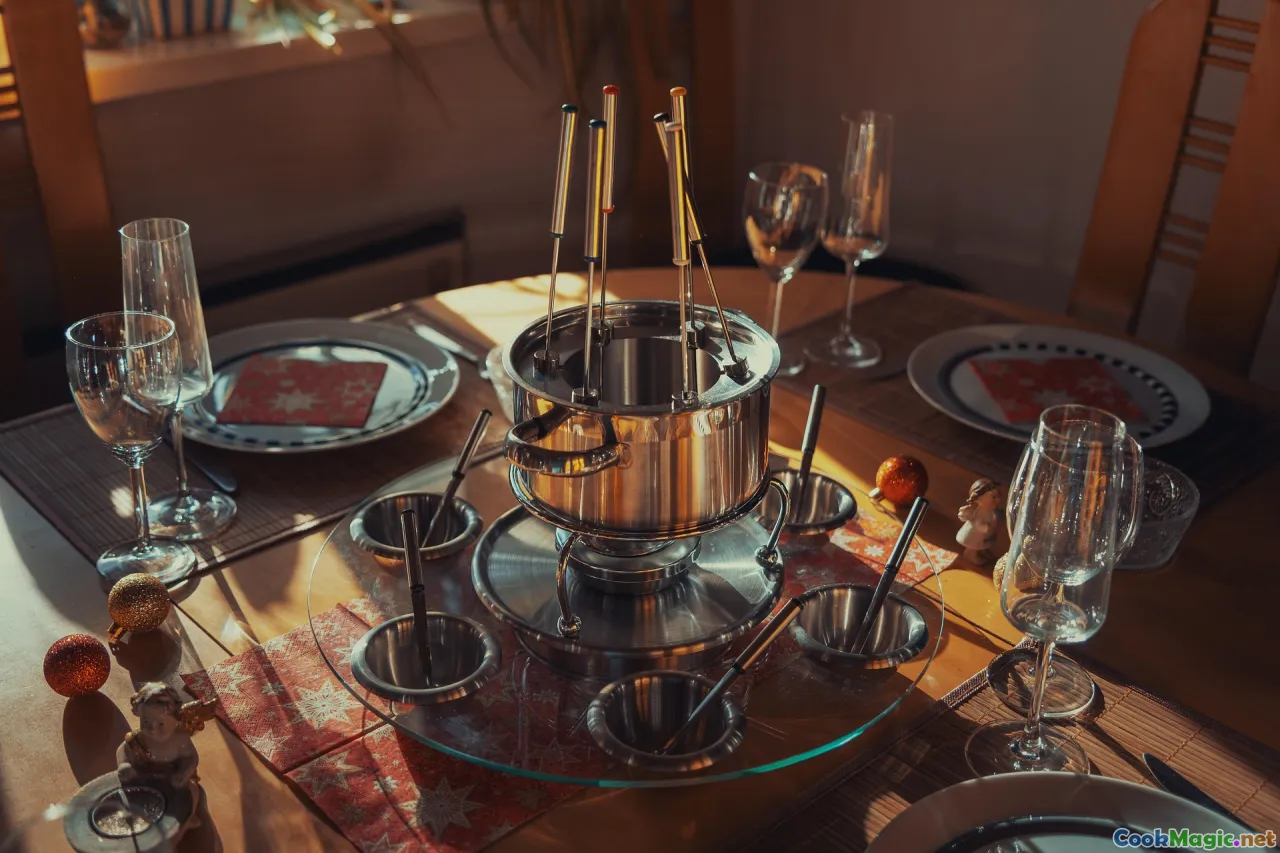
Ultimately, these rituals speak beyond the plate. They evoke joy, a collective sense of achievement, and an unbreakable bond to land and lineage. Making pasta becomes a meditation—an alchemy transforming humble ingredients into symbols of love and cultural identity.
Sharing homemade pasta in family gatherings, savoring each bite infused with history, creates sensory memories—aromatic sauces clinging to toothsome strands, textures that dance on the tongue, and the warmth of connection that lingers long after the meal.
The soulful ritual of Southern Italy’s handmade pasta invites us to slow down, celebrate craftsmanship, and honor the enduring human touch that elevates food from nourishment to nourishment for the soul.
In every twirl of trofie or scooping of orecchiette, there lies a story—an invitation to taste, to participate, and to carry forward a living tradition that continues to define and unite a region’s identity.
Embark on your own pasta journey—whether in a bustling kitchen or a tranquil countryside—remember that each shape holds a piece of history, a touch of love, and the soul of Southern Italy itself.









